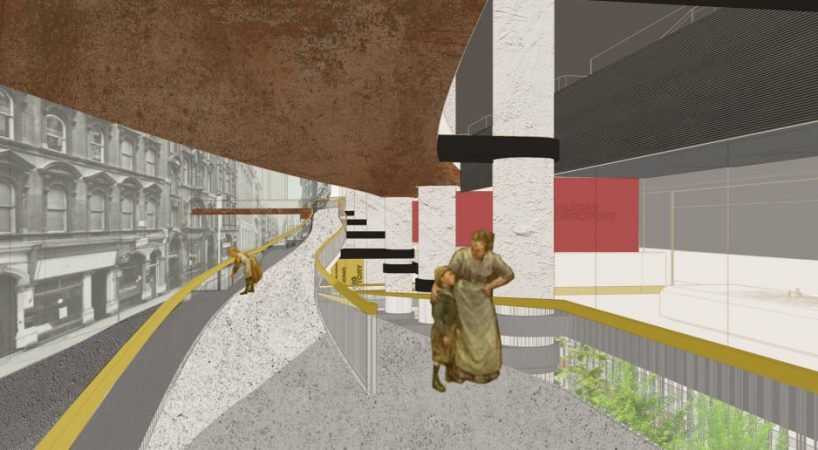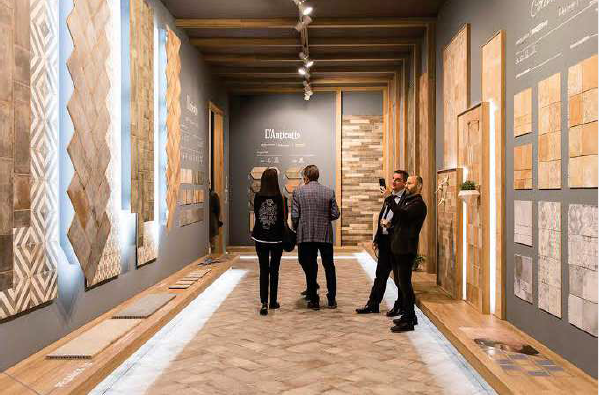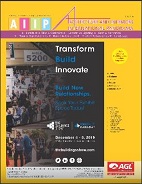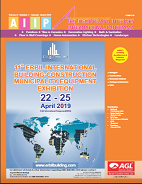Kolkata airport
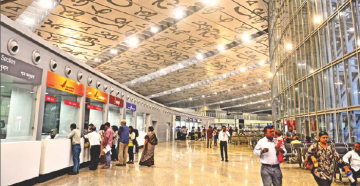
Kolkata airport, named as Netaji Subhas Chandra Bose International Airport, has three terminals- domestic, international and a cargo terminal. It is linked by the city roadways and suburban railway system. For the enhancement of the Airport capacity and facilities, Government of India has decided to go for modernisation of Netaji Subhash Chandra Bose International Airport.
Following finalisation of basic architectural layout and services requirement, structural design was taken up. Basic structural configuration was with RCC bored piling foundation, RCC basement, substructure and superstructure. Roofing was conceived with structural steel truss overlain with metal composite insulated roofing.
In the late 2007, AAI had launched a Request for Proposal (RFP) for Prequalification for Construction of Integrated Passenger Terminal Building at NSCBI Airport, Kolkata. Following receiving proposals from International reputed organisations and rigorous exercise of technical and commercial evaluations, the contract of airport modernisation was awarded to ITD-ITD Cem JV, a consortium of Italian Thai Development Public Limited Company, Thailand and ITD Cementation Company Limited, India. Italian Thai Development Public Limited Company, Thailand had the experience of building the Suvarnabhumi Airport at Bangkok, one of the best airports in the world. The construction was started in November 2008.
Basic construction planning works involved preparation of Construction schedule, resource requirement plan, material procurement schedule, design of enabling structures, construction facility drawings and steel shop drawings etc. This also involved preparation of Quality Assurance plan; Inspection and Test plan; Health and Safety plan and even Environment management. These are done complying the International Standards of ISO: 9000 and ISO: 14000.
The preliminary works included site investigation, ground preparation, reclamation; dismantling some of the existing structure; utility diversion, initial pile load testing; mobilization of required plant and machinery; site setup; commissioning of plant; site drainage arrangement, surveying and setting out, fixing up the alignment, establishment of site survey reference pillars and bench marks.
Basic construction planning have been done considering contractual time-frame, site condition, structural configuration, sequence of work, construction convenience, junction configuration, environmental condition, physical and weather constraints, best utilisation of resource, subsoil condition, operational time-cycle. Due consideration is given to airport operation and restriction, local regulations, environment management, project financing, material availability and lead time, equipment manufacturing process and time involved, testing and commissioning of specialised items and equipments, interface with other aspects and local holidays. Manpower, machinery and material deployment schedule was done based on standard productivity and efficiency level, deployment time.
Facility management needed to frame out a plan for traffic management, since the main artery from city to the terminal buildings had to be closed for construction. The project area was within a running busy airport of an Indian metro city, it posed tremendous effort for maintaining the existing provisions required for operation of an airport, maintain all security regulations, facilities and safety of all structure, services, employees and passengers.
Enabling works involved installation and commissioning of a high capacity fully automatic concrete batching plant with site laboratory, cement and aggregate storage, weather recorder, maintenance and parking area; a comprehensive fabrication yard including power setup, sand-blasting and painting area, fabrication platform, material handling gantries and vehicle movement area; setup an rebar fabrication area.
Main construction work started with pile installation. Prior to installation of RCC bored piles, Initial vertical static pile load tests for different diameter of piles and at different locations were carried out. Roofing work was taken up immediately the steel roof-supporting system was installed and checked. False ceiling system was taken up through specialised agency once the roofing work got completed.
The structural glazing system is designed for a wind pressure of 1.2 KPA at all levels, elevations and heights, they are equalised thermally broken and self draining. Aluminium composite panel and cladding are fixed to the framing system by self-tapping screw and mechanical fastener.














